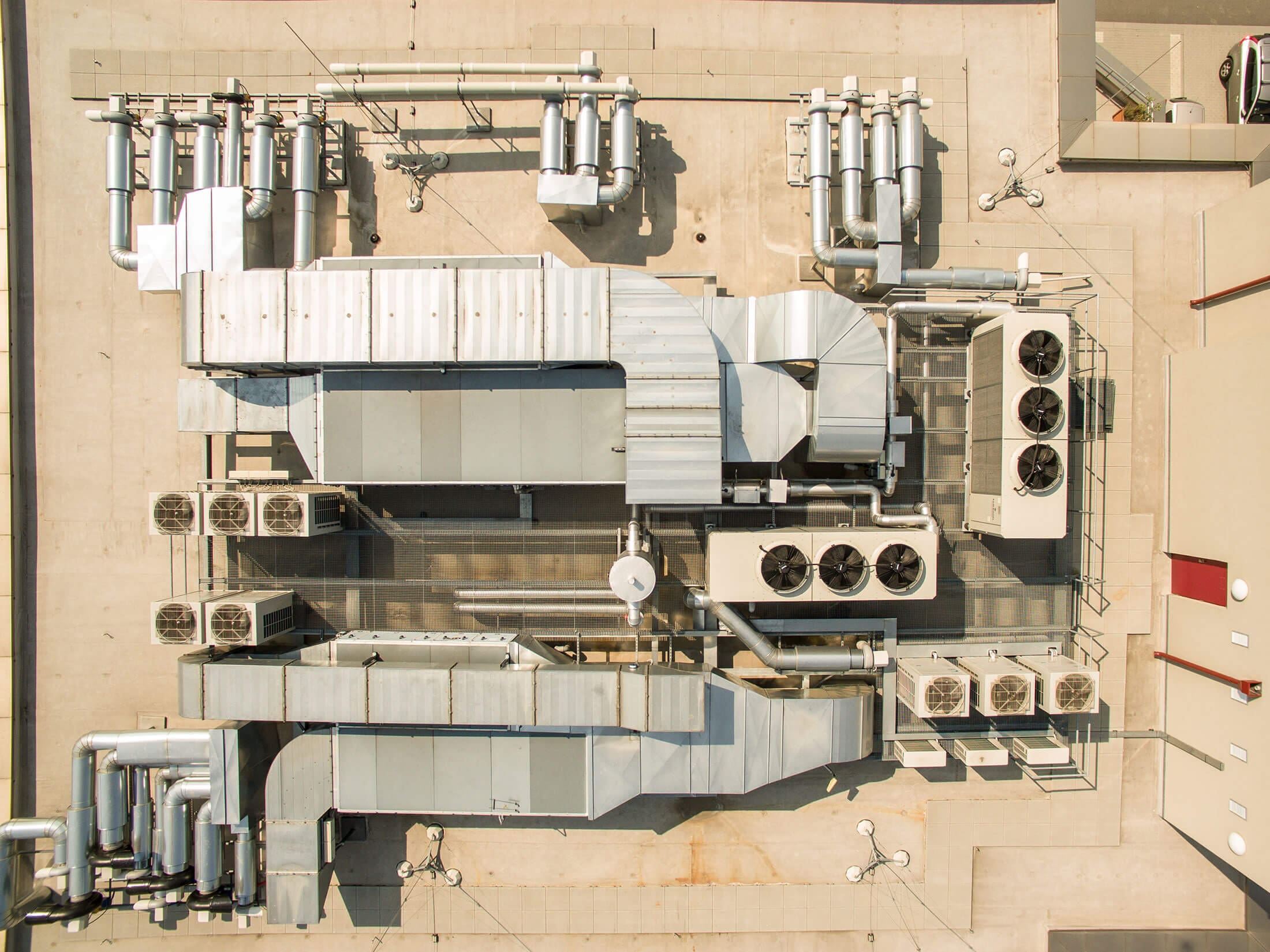
December 12, 2021
In this article, we would like to share some tips for the HVAC designer from the air balancing point of view:
- Use symmetric design when laying out the ductwork. Symmetric design allows for equal static pressure drop at the branches. This creates a system that will reduce the need to excessively throttle the balancing dampers. This means less static pressure drop and more energy saving.
- Avoid tapping directly into a high-flow main duct branch (or riser) with a lowflow diffuser, as it will require closing down the balancing damper almost completely closed to get the design flow, which could cause a major noise. To avoid that, run a smaller branch away from main with a duct balancing damper rather than an in-grille damper.
- It’s recommended you install a main balancing damper at branches that feed four or more diffusers to avoid noise at the diffuser level.
- Allow for 3—4 ft. of straight duct run, from the fan discharge, before the first take-off so the balancing contractor can perform the main duct traverse to accurately measure the flow.
- If possible, specify the fans with variable frequency drives to allow for more accurate balancing of the system and more energy savings.
- Make sure to select the proper rooftop unit (RTU). For example: if the building load requires 400 cubic feet per minute (CFM), make sure the RTU capacity is not more than 1–1.5 tons (400—600 CFM). Specifying a larger unit might result in having the RTU tripping due to low airflow through the heat exchanger.
- Finally, it is a good idea to have a certified balancing contractor reviewing the project design at early stages and providing their constructive feedback.
Following these tips will not just provide more accurate air balancing results, but also will help reduce noise and provide some savings on energy.

